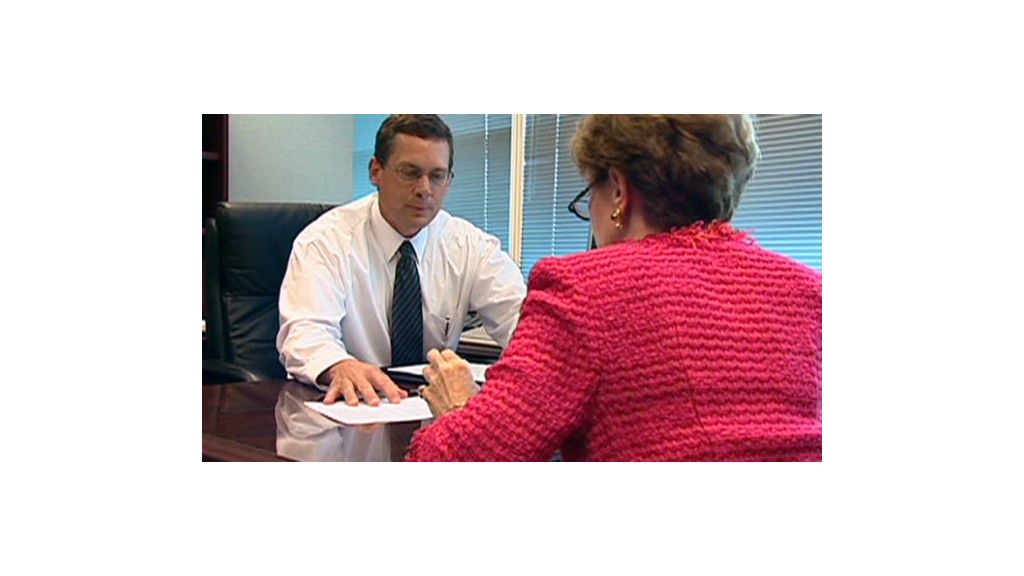
A new credit scoring model will potentially boost scores for many credit applicants and help establish credit for millions of people who previously had little or no credit history.
The new scoring model will be used in the latest version of the VantageScore, the credit score created by the three major credit bureaus -- Experian (EXPGF), Equifax (EFX) and TransUnion.
Currently, debts that go into collections, even if they are paid off, are factored into all credit scores for up to seven years, said John Ulzheimer, president of consumer education for SmartCredit.com. But VantageScore 3.0 will no longer factor these accounts into a consumer's score if the debt was paid in full or settled, just as long as the balance is zero.
Also, natural disaster victims will now be able to benefit from good credit behaviors -- like making payments on time, despite the hardship -- but will continue to be protected against negative accounts. Previously, both negative and positive accounts were ignored in the aftermath of natural disasters, making it difficult for victims to improve their credit scores.
Related: Employer credit checks keep jobless out of workforce
With big natural disasters like Hurricane Sandy hitting thousands of consumers in the Northeast last fall and millions of others with paid collection accounts on their credit reports, many people are likely to see their scores improve under this new model, said Ulzheimer.
"Consumers who have a zero-dollar balance on collections and no other negative information on their credit reports should see their VantageScore's increase significantly," he said.
But the boost only matters if a lender uses the new VantageScore. While FICO is still the most widely used scoring model, the VantageScore is gaining ground. It's currently used by seven of the top 10 financial institutions, six of the top 10 credit card issuers and four of the leading auto lenders and mortgage lenders, according to its website.
Related: Millions of credit reports have errors
VantageScore's new model will also weigh rent and utility payment records, and public records like bankruptcies for people with very limited credit histories. This will allow it to score as many as 30 million people who previously couldn't get a credit score, and potentially help them qualify for more competitive credit rates, said Ulzheimer.
Other score developers, like FICO, may follow suit.
FICO announced Monday that it will begin looking into ways of factoring in alternative records to calculate scores for those without -- or with limited -- credit files.
Meanwhile, VantageScore is changing its scoring range to align with FICO's 300 to 850 range. Earlier versions range from 501 to 990, often causing confusion for consumers and lenders since most are more familiar with FICO's range.
"This is like changing your speedometer from kilometers per hour to miles per hour, it just makes more sense to American consumers and American lenders," said Ulzheimer.
